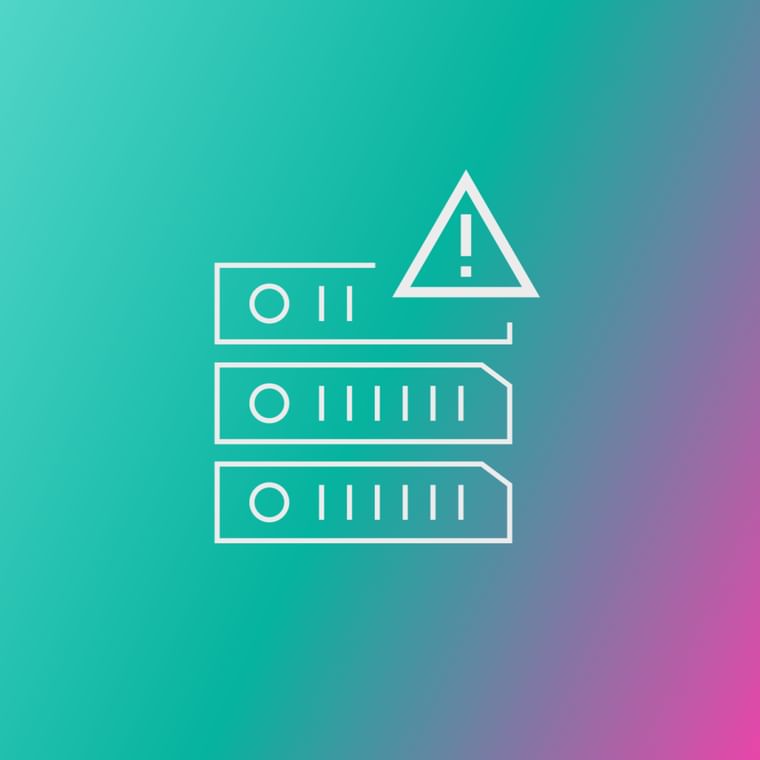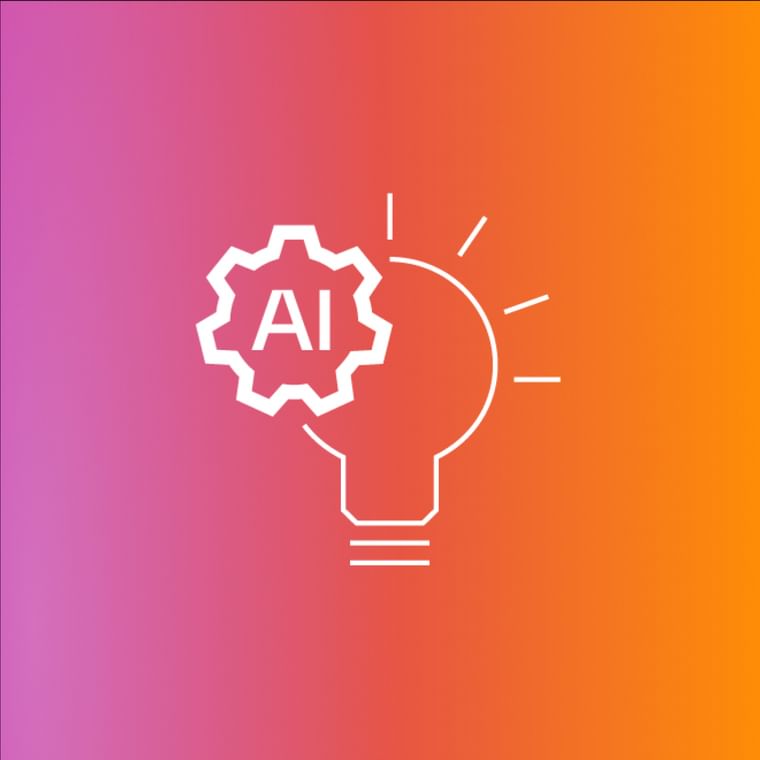CISOs focus specifically on information security strategy and risk management, while CIOs oversee overall IT operations and CTOs drive technology innovation. Modern organizational structures increasingly position CISOs as independent executives reporting directly to CEOs or boards rather than through IT hierarchies. This separation ensures objective risk assessment without conflicts of interest. CISOs translate technical vulnerabilities into business risk language that enables executive decision-making. Their unique perspective combines deep security expertise with business acumen to balance protection requirements against operational needs.
CISO (Chief Information Security Officer)
CISOs are senior executives who translate cybersecurity risks into business language while developing comprehensive security strategies that protect organizations from sophisticated email threats and AI-driven attacks.
What Is a CISO?
A Chief Information Security Officer (CISO) is a C-suite executive responsible for establishing and overseeing an organization's entire information security program. This strategic leadership role combines deep technical expertise with business acumen to protect critical assets while enabling digital transformation and innovation. Modern CISOs navigate complex challenges ranging from AI-powered phishing attacks to business email compromise, requiring both operational excellence and strategic vision.
Today's CISO role extends beyond traditional IT security management into comprehensive risk governance. These leaders translate complex technical vulnerabilities into boardroom-ready risk assessments that drive investment decisions and shape organizational strategy.
How the CISO Role Functions
CISOs operate at the intersection of technology, business strategy, and risk management, orchestrating security operations across multiple organizational domains.
Here's how CISOs fulfill their strategic mandate:
Strategic Risk Translation: CISOs convert technical security metrics into business risk language, enabling boards and executive teams to make informed decisions about cybersecurity investments and risk tolerance levels.
Security Architecture Development: These leaders design comprehensive security frameworks that integrate behavioral AI capabilities with existing infrastructure, ensuring protection without disrupting business operations.
Cross-Functional Leadership: CISOs collaborate with legal, compliance, HR, and operational teams to embed security considerations into every business process, from vendor management to employee onboarding.
Core Responsibilities of Modern CISOs
Understanding CISO responsibilities helps organizations leverage these leaders effectively for comprehensive security governance and risk management.
End-to-End Security Operations
CISOs develop and implement security strategies that cover the entire lifecycle of threat management. They evaluate emerging risks, establish defensive controls, and oversee security awareness training programs that strengthen human defenses. These leaders also implement advanced threat detection systems that identify sophisticated attacks bypassing traditional filters.
Compliance and Regulatory Management
Regulatory compliance requires CISOs to maintain comprehensive documentation and audit trails across multiple jurisdictions. They ensure organizations meet requirements for GDPR, HIPAA, SOX, and industry-specific regulations while adapting to evolving standards. CISOs develop automated compliance reporting systems that provide real-time visibility into security posture and regulatory adherence. This responsibility becomes particularly critical as data protection laws expand globally and penalties for non-compliance escalate.
AI Governance and Innovation
CISOs now guide organizations through the adoption of AI while managing associated security risks. They establish frameworks for secure AI implementation that balance the benefits of innovation with protection against AI-generated threats. CISOs also evaluate AI tools for both defensive capabilities and potential vulnerabilities.
Challenges Facing Today's CISOs
CISOs confront unprecedented challenges as threat landscapes evolve, regulations expand, and organizational complexity increases across distributed work environments.
Operational Stress and Burnout
Security professionals report significantly increased job stress compared to previous years, according to ISACA's industry survey. CISOs face relentless pressure from escalating attacks and growing incident frequencies. Alert fatigue compounds stress as teams struggle to distinguish genuine threats from false positives. That said, organizations must address burnout by setting realistic expectations and providing adequate resources, rather than expecting security leaders to manage ever-growing responsibilities without proportional support.
Human Risk Management
Email-based attacks exploiting human psychology represent CISOs' greatest challenge, with phishing and social engineering bypassing technical controls. Additionally, traditional security training often proves insufficient against sophisticated attacks that exploit personal information and emotional manipulation. CISOs must build security cultures that make protective behaviors intuitive rather than burdensome.
Resource and Talent Constraints
Cybersecurity talent shortages force CISOs to accomplish more with limited teams while competing for scarce expertise. That said, CISOs must optimize existing resources through automation and managed services while developing internal talent pipelines. Budget constraints further complicate resource allocation as security needs expand across cloud environments and remote work infrastructure.
Building Effective Security Programs
Successful CISOs create resilient security programs that protect organizations while enabling business objectives through risk-based decision-making and strategic technology deployment.
Risk-Based Security Architecture
Modern security programs align defensive investments with actual risk exposure rather than theoretical vulnerabilities. CISOs implement behavioral detection systems that identify anomalies indicating compromise attempts. They prioritize controls based on threat likelihood and potential impact, optimizing limited resources for maximum protection. Risk quantification enables business-relevant conversations about security investments and acceptable risk levels.
Technology Integration Strategy
CISOs carefully evaluate and integrate security technologies that enhance protection without creating operational friction. They seek solutions that reduce false positives while improving threat detection accuracy. API-based deployments enable rapid implementation without infrastructure changes or downtime. Integration with existing tools through SIEM and SOAR platforms centralizes visibility while automating response workflows.
Organizational Security Culture
Building security-aware cultures requires CISOs to move beyond traditional training toward behavior modification programs. They implement just-in-time education that provides contextual guidance when users encounter risks. Positive reinforcement and gamification increase engagement while reducing resistance to security controls. CISOs measure culture maturity through metrics such as reporting rates and security incident frequency, rather than relying solely on training completion statistics.
Ready to enhance your security program with AI-native protection? Get a demo to see how Abnormal can strengthen your defenses against modern email-based threats.
Frequently Asked Questions (FAQs)
Get the Latest Email Security Insights
Subscribe to our newsletter to receive updates on the latest attacks and new trends in the email threat landscape.
Featured Resources

Product
The Last 1% of Attacks: Rise and Fall of the SEGMay 29, 2025
/
5 min read

Artificial Intelligence
AI, People, and Policy: What We Learned from Convergence Season 4May 22, 2025
/
6 min read

Threat Intel
Legitimate Senders, Weaponized: How Abnormal Stops Email Bombing AttacksMay 19, 2025
/
6 min read

CISO Insights
Through the Looking Glass: A CISO's Take on RSAC 2025May 09, 2025
/
7 min read